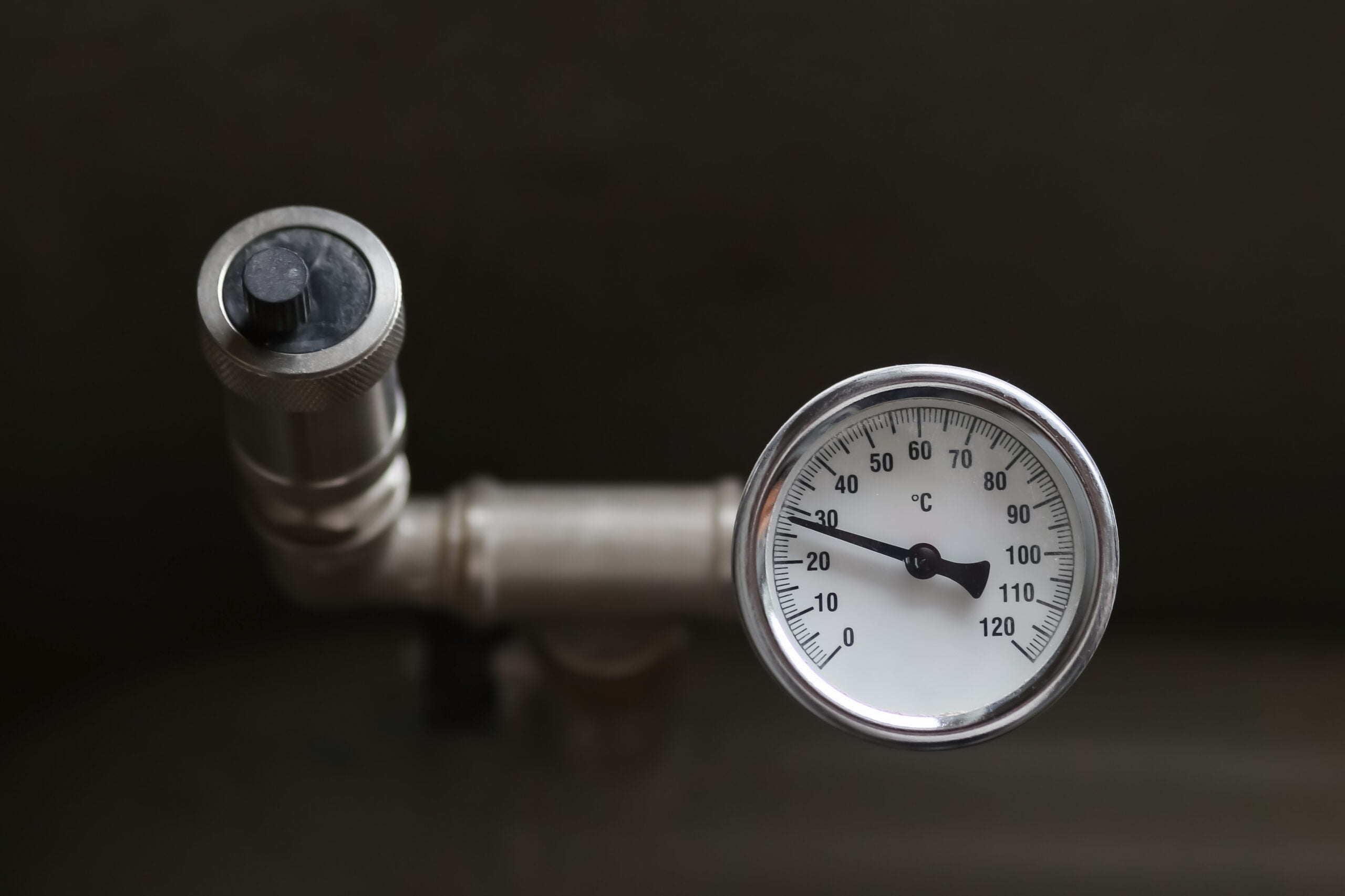
The heat is on: how can businesses tackle their heating emissions?
Those who are aiming for net-zero need to act now to reduce their heating emissions.
As a growing number of businesses pledge to reduce their carbon emissions to net-zero, more organisations are realising how challenging it is to reduce their emissions in one particular area – heat. For most organisations, heating makes up a significant proportion of their overall carbon footprint – so those who are aiming for net-zero need to act now to reduce their heating emissions.
It’s a challenge that’s not just baffling businesses – industry and Government leaders are still trying to carve out the ideal route to achieve the degasification of our heating systems. In fact, heating is now the UK’s biggest source of emissions, accounting for 37% of the UK’s overall carbon footprint. Clearly, this is an area that businesses and the Government alike must focus on if they’re going to reach their ambitious decarbonisation targets.
Why is decarbonising heat so difficult?
Most businesses currently rely on gas-fired central heating, and unlike electricity, they can’t simply switch to a new tariff or supplier to access low-carbon heat. While there are a number of ongoing trials exploring how natural gas could be replaced with green hydrogen in our heating systems, most businesses will need to change their existing gas-fired systems with renewable technologies in order to decarbonise their heating.
Replacing traditional systems with new technology can be costly, which is likely to deter businesses with limited budgets for sustainability improvements. Typically, businesses would wait until plant or equipment has reached the end of its lifecycle before they replace them, to ensure they’ve gotten the most value out of their initial investment. However, some energy managers are finding that in order to meet their net-zero goal, they need to replace their existing system before it’s reached end-of-life, which can make it difficult for them to build a business case and get sign-off for heating projects. It’s particularly challenging because gas is a cheap fuel, which makes it harder to convince senior teams of the need to install a new system that will incur substantial CAPEX costs.
Lots of businesses also face issues with retrofitting new systems into existing buildings. Fitting new technologies into older sites can be complex, and there might simply not be enough space in certain sites to fit a system of the size the business would need to meet its heating requirements. Finding a solution that is simple and cost-efficient to install can therefore be tricky for some organisations, which means they’re more likely to turn to lower-hanging fruit.
There has also been a real lack of incentives to encourage businesses to switch to a low-carbon heating solution since the commercial Renewable Heat Incentive (RHI) ended in March 2021. Subsidies were critical to the development of renewable electricity sources like solar PV, as they encouraged adoption of these technologies among businesses and individuals, which subsequently caused the price of these technologies to fall. Currently, the cost of replacing a traditional central heating system with a renewable heating solution is typically much higher than simply fitting another fossil-fuelled boiler, and unless new subsidies are introduced this could be the case for years to come. We therefore hope to see new subsidies announced to support the growth of renewable heating technologies before COP26 in November.
What can businesses do now to reduce their heating emissions?
If your business has a net-zero target in place, then you need to take action now to ensure that you can reduce your heating emissions sufficiently to meet your goal. Here are three simple steps you can take now:
- Ensure you’re collecting quality data
The first step is to get to grips with your current usage, because you can’t set specific heating emissions reduction targets without having a clear understanding of your baseline (and what’s achievable). You need good quality data – preferably from half-hourly or AMR meters – to get a really accurate view of your usage. We see so many organisations making significant investment decisions around new heating technologies based solely on a gas meter reading, which is unwise as these readings could be inaccurate.
So if you’re thinking about investing in low-carbon heating, take the time to develop a thorough understanding of your heating consumption first. If you don’t have half-hourly or AMR meters in place, it’s worth investing in a submetering system so that you can clearly see what your profile looks like, understand your maximum demand and identify any obvious issues (e.g. if your usage is high outside of operational hours).
- Monitor your usage
Once you have a fixed sub-metering system in place, you should monitor your usage over an extended period of time – we’d recommend at least one heating season, but a full year is best. Focus on the difference between the energy going into your boiler plant and the energy it’s outputting, so that you can get an accurate view of your current system’s efficiency. This should help you to build a business case for new technologies – if your boiler is only operating at 80% efficiency, for example, many new technologies will offer 90% efficiency or higher.
- Carefully consider your options
When it comes to choosing a renewable technology solution to replace your existing system, there is no ‘one size fits all’ option. The ideal heating solution for a newly-built office block will be different to the best solution for an old manufacturing plant, for example. To determine the best solution for your organisation, review the data you’ve collected to determine the optimum size for your new system. You should factor in your current maximum demand and factor in how future changes could affect your consumption when making these calculations.
Once you’ve worked out the size of the system you’ll need, you should also consider other factors, such as which technologies would be easiest to retrofit onto your site and how much upfront CAPEX you will need to provide. When you have all of this information to hand, you should be able to build a robust business case that will secure senior support for your project.
The hassle-free way to reduce your heating emissions
It takes a lot of careful planning and consideration to ensure that you choose the best low-carbon heating solution for your business’s goals and requirements. We know that many businesses will struggle to commit the time and resources needed to implement their ideal solution, so our heating experts are here to help you take the hassle out of reducing your heating emissions.
From helping you to fit a permanent or temporary sub-metering system, to recommending and installing the optimum low-carbon heating solution for your needs, we can provide support wherever you need it. To find out more, call us on 01772 689 250 or email [email protected].










